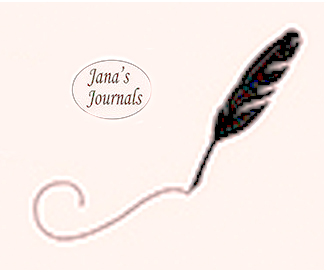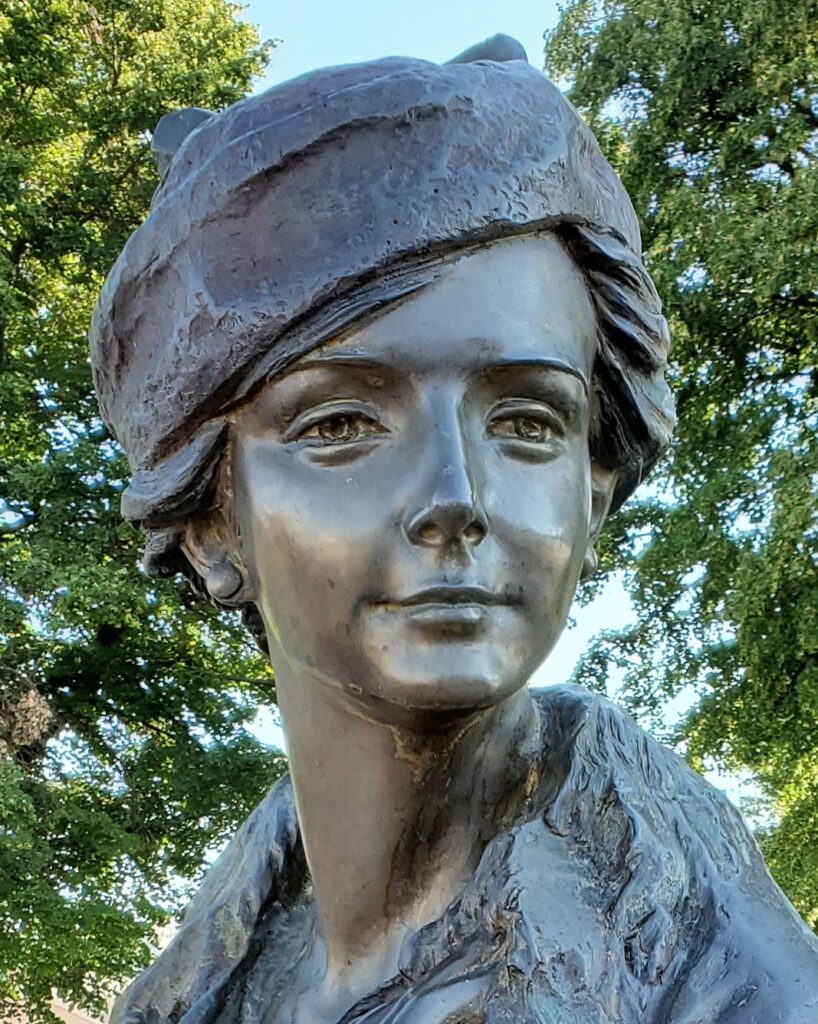National Women’s History Month
Are We Ready for “The Women’s Party”?
Women of the West –
From Indian to Anglo-American – every culture has an expectation of their lives and a level of respect. Some were treated as slaves, others as a queen, but the story of Women of the West is one of “multidimensional contacts among people of different cultures”.
Euro – Americans – American Indian – Hispanic –
Each culture had their groups – nuns, army officers, miners, farmers, sheepherders, etc. that focused on different traits, languages, and interests.
While Western Frontier times are important to our cultural heritage, most western specialists write about a limited number of events – the fur trade, the cattle drive, the Indian Wars, the political struggles to establish territorial governments and policies. Women are either absent or incidental to the story.
Is there a Women of the West Story?
Absolutely, western history needs some evaluation and renovation, starting with using the many Women’s History sources available – Journals, diaries, letters, memoirs, novels, poems, children’s’ books, and oral histories.
The traditional Frontier history has been a success story because we rarely hear of the failures. It was more permissible for women to confide their hopes and fears to their diaries.
Recent studies of the Overland Trail have revealed that “few women diarists saw their westward journey as an adventure. They were much more concerned with separation, loss, tedium, fatigue and the daily effort of living” on the trail.
Eastern Writers traveled west to research outlaws, miners, and shootists for their “Wild, Wild, West” pocket novels. Men, mostly white, were shown as “rugged individuals” that had found their selfhood in the freedom of an untamed land. “Ordinary” men, ethnic minorities and women were incidental to the stories. This was reinforced with the “class system” that prevails to this day.
I watched a travel show last evening that took us on a tour of the Egyptian pyramids and the massive structures. They discussed the making of the giant pyramid and the two or three smaller ones that surrounded it. The commentary was “it is assumed the smaller ones for the wives and children of the King placed there” and added “they were less important”.
The Western Woman
Working class women were most of the population. “But the prevailing orientations of studying history, even women’s history, steer us toward elite or educated women and their written records. If one looks at history through the eyes of many women, the poor and the laboring classes, a vastly different picture of society emerges; the picture is far more complete for elite eyes who take their world as the standard and assume that all society exists, or should exist, in their image.” (The Women’s West- pg. 240)
One of the many authors of The Women’s West penned an explanation of the West as “Hisland”, and the few women who appear in historical writings as strictly stereotyped. “There were three common images: the refined lady, the helpmate, and the bad woman. The lady, who may be a schoolteacher, a missionary, or merely a woman with some civilized tastes, is defined as being too genteel for the rough and ready West. She is either uncomfortable, unhappy, or is driven literally crazy by the frontier. Apparently, the only way she can prove her gentility is to become a victim. On the other hand, the strong and uncomplaining helpmate adapts to the West, but in the process becomes a work-worn superwoman, losing all her individuality. The bad woman has both glamour and power, but she loses them along with her life as she comes rapidly to an appropriate end – a bad one.”
Western Development
From the westward expansion times to today, the West was not really developed by individual pioneering men and women seeking land. Rather, the West was made economically exploitable by federal intervention in the form of massive land grants to railroads, mining companies, timber companies, and land speculators, and by virtue of federal legislation and funding that subsidized these private profit-making ventures and speculators at public expense. That hasn’t changed much either.
There has been much wringing of hands and gnashing of teeth over the job losses during this 2020 Pandemic. The women of the lower classes have been the most impacted as hundreds of small businesses have closed or cut back for over a year. Those critical jobs have been lost to women of all cultures and will be the last to return. Government subsidies and payments won’t change the ultimate outcome because there are no efforts to create a system for women to improve their skills and thus their income.
The forces that had come to dominate the West at the end of the nineteenth century have continued to shape the experiences of women in the twentieth century and beyond. The current push for Women (white, of color, and Hispanic) to run for office and change the rules will take many years of dedicated public servants. It will take legislation to not allow elected officials to serve over the age of 70 (which would eliminate over 1/3 of the current members of Congress). It will take a bonafide third party to be included in the election process. And that third party will generate enough votes to force Congress to get along.
The “Women’s Party” doesn’t have to be just for Women, but for those that believe Women elected officials, at all levels, can bring about the change our country needs.
Women of the West are the backbone of western society. It’s time they reminded the patriarchs.
Until Next Time - - -

